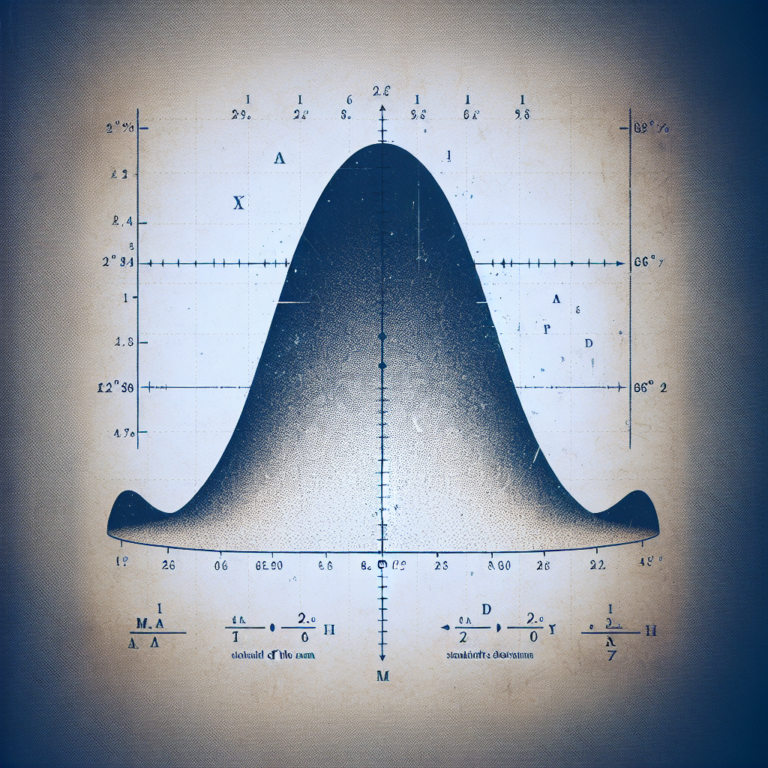When it comes to statistical analysis, the Pearson Correlation Coefficient is a crucial tool that helps to measure the relationship between two variables. At StatisMed, we understand the importance of this statistical measure in the medical field, as it can provide valuable insights for medical doctors and researchers. In this blog post, we will delve into the concept of the Pearson Correlation Coefficient and how it can be applied in medical research.
What is Pearson Correlation Coefficient?
The Pearson Correlation Coefficient, often denoted as r, is a statistic that measures the strength and direction of a linear relationship between two variables. It ranges from -1 to 1, where -1 indicates a perfect negative relationship, 0 indicates no relationship, and 1 indicates a perfect positive relationship.
Importance in Medical Research
In the field of medicine, understanding the relationship between variables is crucial for making informed decisions. Whether it’s studying the correlation between a certain treatment and patient outcomes or analyzing the relationship between risk factors and diseases, the Pearson Correlation Coefficient can provide valuable insights.
One of the key benefits of using the Pearson Correlation Coefficient in medical research is its ability to quantify the strength of the relationship between variables. This can help medical professionals identify potential risk factors, assess the effectiveness of treatments, and make evidence-based decisions for patient care.
Application in Clinical Studies
In clinical studies, the Pearson Correlation Coefficient is often used to analyze the relationship between different clinical variables. For example, researchers may use this statistical measure to study the correlation between a patient’s age and their response to a specific treatment. By quantifying this relationship, medical professionals can tailor treatments to individual patients and improve overall outcomes.
How to Calculate Pearson Correlation Coefficient
Calculating the Pearson Correlation Coefficient involves several steps:
- Calculate the mean of each variable.
- Calculate the differences between each data point and the mean for each variable.
- Multiply the differences for each pair of data points.
- Sum the products of the differences.
- Calculate the square root of the sum of squared differences for each variable.
- Divide the sum of products by the product of the square roots of the squared differences for each variable.
By following these steps, researchers can calculate the Pearson Correlation Coefficient and determine the strength and direction of the relationship between two variables.
Conclusion
In conclusion, the Pearson Correlation Coefficient is a powerful statistical tool that plays a crucial role in medical research. By understanding the strength and direction of the relationship between variables, medical professionals can make informed decisions, improve patient outcomes, and advance medical knowledge.
If you’re interested in learning more about statistical analysis services for medical research, please visit StatisMed. Our team of experts can provide valuable insights and support for your research projects. Feel free to contact us for more information or request a quote for our services.
[ad_2]




